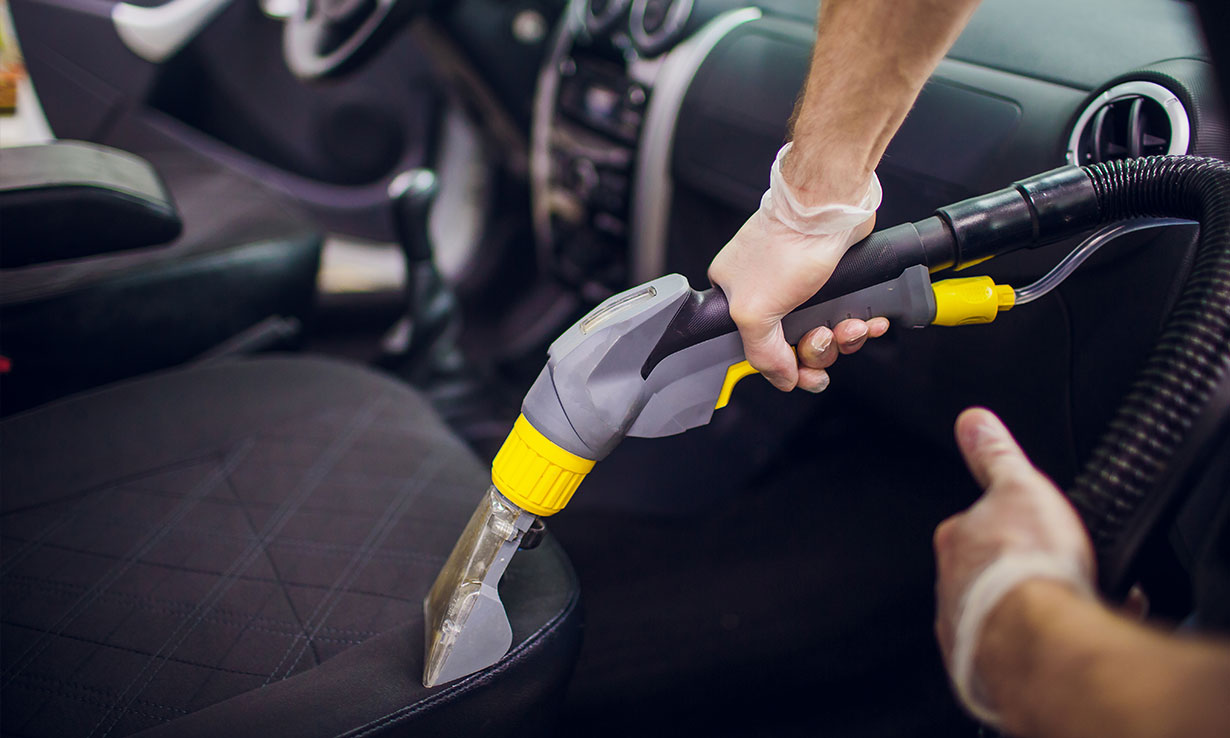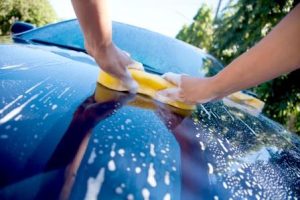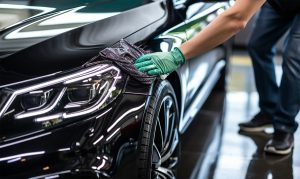Car cleaning is an important part of keeping your car’s exterior in good condition and protecting your paintwork. But the wrong practices of many car owners not only make the car look better, but even damage the appearance of the car. We’ll discuss common mistakes you should never make when waxing your car so you get the best results and your car looks great for years to come.
Car cleaning is an important part of keeping your car’s exterior in good condition and protecting your paintwork. But the wrong practices of many car owners not only make the car look better, but even damage the appearance of the car. We’ll discuss common mistakes you should never make when waxing your car so you get the best results and your car looks great for years to come.
When and why to wax your car?
Waxing your car has many benefits, such as protecting the paint from damage from the elements, making it shinier and making it easier to clean. Cleaning agents such as dirt, road salt and UV radiation cannot penetrate the wax because a protective layer is formed on the paint. This makes the exterior of your car last longer.
Different types of car wax
Before we get caught up in common mistakes, let’s briefly discuss the different types of car wax:
Natural Brazilian palm wax
Carnauba wax comes from the leaves of the Brazilian palm tree and is known for its deep shine and water-repellent properties. The only difference is that it does not last as long as industrial wax.
not real wax
Synthetic wax, also called paint sealant, is made of plastic and provides better protection for longer than carnauba wax. They last a long time and are not damaged by natural contaminants.
spray wax
If you want to save time, you can use spray wax instead of paste or liquid wax. It’s easy to use and fast, so perfect for touch-ups while waxing.
Using too much wax is a common mistake when waxing your car.
Applying too much wax is one of the most common mistakes car owners make. Many people think that more wax means better protection or shine, but this is not the case. Too much wax can even make polishing difficult and cause streaks and condensation.
Surface cleaning is not good enough
Before waxing, it is important to ensure that the surface of your car is clean and free of dirt, dust and product residue. If you don’t do this, the wax may not adhere properly and apply unevenly.
Wax in direct sunlight
Waxing your car in direct sunlight is not a good idea. Heat can cause the wax to dry out too quickly, making it difficult to sand and leaving streaks and spots that look bad.
Apply with the wrong tools
The tools you use can have a big impact on the results of your waxing treatment. Do not use rough objects such as an old cloth or blanket on the paint, as these can scratch the paint. Instead, use a soft microfiber applicator or a foam applicator made specifically for car waxing.
Failure to follow manufacturer’s instructions
Each type of car wax comes with specific instructions on how to use it and how to remove it. If you don’t follow these rules, you could end up with poor results or even damage your car’s paint. Make sure you read carefully and follow what the manufacturer says.
How to properly wax your car
Now that we’ve covered the mistakes you shouldn’t make, let’s talk about how to properly wax your car:
Car Wash: First give your car a good cleaning to remove dirt, dust and other harmful substances.
Dry Completely: To avoid water spots, make sure your car is completely dry before waxing.
Use very little wax: Apply a small amount of wax to a clean applicator pad and spread in a thin, even layer.
Work in sections: For a good finish, wax the car section by section after dividing it into sections.
Shine: After the wax has dried to a mist, use a clean microfiber cloth to polish the surface to a high shine.
If you follow these steps and avoid these common mistakes, you can paint your car like a pro and protect the paint for years to come.
In summary
To keep your car looking nice and prevent paint damage, it is important to wax your car correctly. You can keep your car looking good for years to come by avoiding some common things, such as using too much wax, not cleaning surfaces enough, and waxing in direct sunlight.
When and why to wax your car?
Waxing your car has many benefits, such as protecting the paint from damage from the elements, making it shinier and making it easier to clean. Cleaning agents such as dirt, road salt and UV radiation cannot penetrate the wax because a protective layer is formed on the paint. This makes the exterior of your car last longer.
Different types of car wax
Before we get caught up in common mistakes, let’s briefly discuss the different types of car wax:
Natural Brazilian palm wax
Carnauba wax comes from the leaves of the Brazilian palm tree and is known for its deep shine and water-repellent properties. The only difference is that it does not last as long as industrial wax.
not real wax
Synthetic wax, also called paint sealant, is made of plastic and provides better protection for longer than carnauba wax. They last a long time and are not damaged by natural contaminants.
spray wax
If you want to save time, you can use spray wax instead of paste or liquid wax. It’s easy to use and fast, so perfect for touch-ups while waxing.
Using too much wax is a common mistake when waxing your car.
Applying too much wax is one of the most common mistakes car owners make. Many people think that more wax means better protection or shine, but this is not the case. Too much wax can even make polishing difficult and cause streaks and condensation.
Surface cleaning is not good enough
Before waxing, it is important to ensure that the surface of your car is clean and free of dirt, dust and product residue. If you don’t do this, the wax may not adhere properly and apply unevenly.
Wax in direct sunlight
Waxing your car in direct sunlight is not a good idea. Heat can cause the wax to dry out too quickly, making it difficult to sand and leaving streaks and spots that look bad.
Apply with the wrong tools
The tools you use can have a big impact on the results of your waxing treatment. Do not use rough objects such as an old cloth or blanket on the paint, as these can scratch the paint. Instead, use a soft microfiber applicator or a foam applicator made specifically for car waxing.
Failure to follow manufacturer’s instructions
Each type of car wax comes with specific instructions on how to use it and how to remove it. If you don’t follow these rules, you could end up with poor results or even damage your car’s paint. Make sure you read carefully and follow what the manufacturer says.
How to properly wax your car
Now that we’ve covered the mistakes you shouldn’t make, let’s talk about how to properly wax your car:
Car Wash: First give your car a good cleaning to remove dirt, dust and other harmful substances.
Dry Completely: To avoid water spots, make sure your car is completely dry before waxing.
Use very little wax: Apply a small amount of wax to a clean applicator pad and spread in a thin, even layer.
Work in sections: For a good finish, wax the car section by section after dividing it into sections.
Shine: After the wax has dried to a mist, use a clean microfiber cloth to polish the surface to a high shine.
If you follow these steps and avoid these common mistakes, you can paint your car like a pro and protect the paint for years to come.
In summary
To keep your car looking nice and prevent paint damage, it is important to wax your car correctly. You can keep your car looking good for years to come by avoiding some common things, such as using too much wax, not cleaning surfaces enough, and waxing in direct sunlight.




